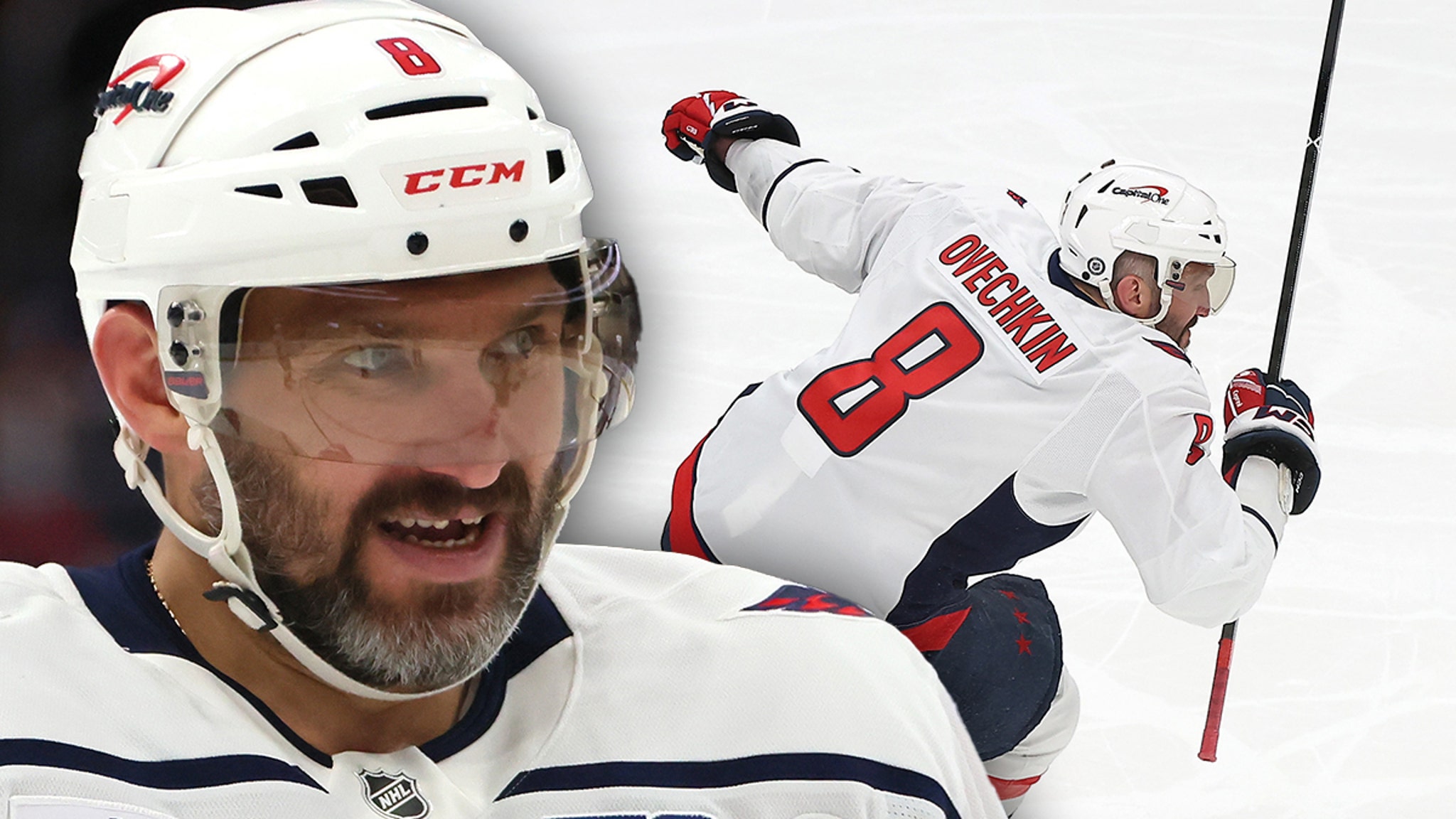Fashion
What Happens After Dry January?

Laura Van Antwerp tried Dry January for the first time 11 years ago. Like many who participate in this monthlong sobriety challenge, she reveled in the immediate benefits: She slept better, went to the gym more often and saved money.
But as February approached, Ms. Van Antwerp felt excited — “maybe overly excited,” she admitted — to drink again. She would be traveling to Southeast Asia for a six-week trip, and she imagined sipping a glass of wine in Bangkok when she got off the plane.
“I couldn’t even wait that long,” Ms. Van Antwerp, 40, said. “I ended up drinking at the airport and getting too drunk right out of the gate.”
While people like Ms. Van Antwerp tend to put thought and effort into planning for a month of sobriety (and slogging through it), they don’t necessarily consider the off-ramp — and what they want to take away from the experience. “That’s one of the most important parts of the month,” said Gillian Tietz, host of the “Sober Powered” podcast, “and something a lot of people don’t think too much about.”
But research suggests that people who participate in Dry January tend to be more concerned about their drinking habits during the rest of the year than those who don’t. So we spoke to several addiction specialists and sober influencers about how to wind down the month and embrace mindful drinking in the future.
Reflect on your experience.
At its core, Dry January is all about gathering information about your relationship with alcohol, said Joseph Schacht, an associate professor of psychology at the University of Colorado School of Medicine who studies treatment for alcohol and addictive disorders.
“I always encourage people to really check in with their bodies after any period of abstinence or reduced drinking,” Dr. Schacht said. “Does your body feel better when you don’t do this? If it does, that’s a really important signal you should listen to.”
Ms. Van Antwerp, who runs the social media account Your Sober Pal, echoed the recommendation. Sober now for seven years, she recognizes that her first break from alcohol over a decade ago was a steppingstone on her path to a new relationship with alcohol.
“I wish I had written about how I was feeling, what I was thinking, my mood, you know, how I was navigating certain situations without alcohol,” she said. “I wish I would have jotted down more about why I was reaching for a drink, so that I could better understand myself.”
Experts are very clear that Dry January is not a replacement for treating alcohol use disorder. But it can offer participants a physical and mental reset, and there is also evidence that most participants want to change their drinking habits beyond those 30 days. A study in 2016 found that subjects continued to drink less six months after the challenge than they did before.
Even if you are a moderate or sporadic drinker, you might ask yourself questions like “Was I able to engage in the month in the way I envisioned?” suggested Noah Emery, an assistant professor of psychology at Colorado State University with a specialization in substance use. Also: “What did I learn about myself along the way?”
Reflect on your accomplishments, even if you slipped up, Dr. Emery said. Research suggests Dry January participants tend to feel more confident about their ability to make intentional drinking choices moving forward — whether or not they abstained the whole time.
Shake things up.
Alcohol is so embedded in our social fabric and in many of our routines that drinking can become “reflexive,” Dr. Emery said.
“Dry January is an opportunity to step out of autopilot,” he added.
Think about the situations you tend to associate with drinking and consider how you might switch them up, said Ms. Tietz, who stopped drinking in 2019.
If you’re someone who usually pours a glass of wine right after work, might you instead reach for a nonalcoholic drink, or try to find a different relaxing habit? Add that to your post-Dry January plan and stock up on nonalcoholic supplies ahead of time.
If you usually meet friends for dinner or happy hour, Ms. Tietz said, maybe go to a movie or have a coffee date instead. (Bonus: Mixing up how you socialize can also help bring you closer together.)
You might also want to re-evaluate how much you drink after Dry January, as your tolerance may have become lower, Dr. Emery warned. “Drinking the same amount you’re used to is probably going to produce a different intoxication profile than you’re used to,” he said.
So if you start drinking again in February, think ahead about how you’ll change your drinking habits. Dr. Emery said to sip water between drinks, check in with yourself, make sure you have a designated driver and so forth.
Set specific goals for your drinking.
Making a plan is an important part of drinking more mindfully. Ask yourself: “What do I want to do for the rest of the year?” Dr. Schacht said. He added that if your goal is to moderate your drinking, it is important to name that goal and track your consumption to hold yourself accountable.
You might consider abstaining for another 30 or 60 days, Ms. Tietz recommended. “No one wants to hear that!” she added with a laugh. But in her experience, it can take more time to really experience the changes that can accompany abstinence.
At 60 days without alcohol, “I actually felt like I was waking up from a dream,” Ms. Tietz said. “It was very noticeable when I could think clearly again. And that is when I could really understand what drinking was doing in my life.”




























